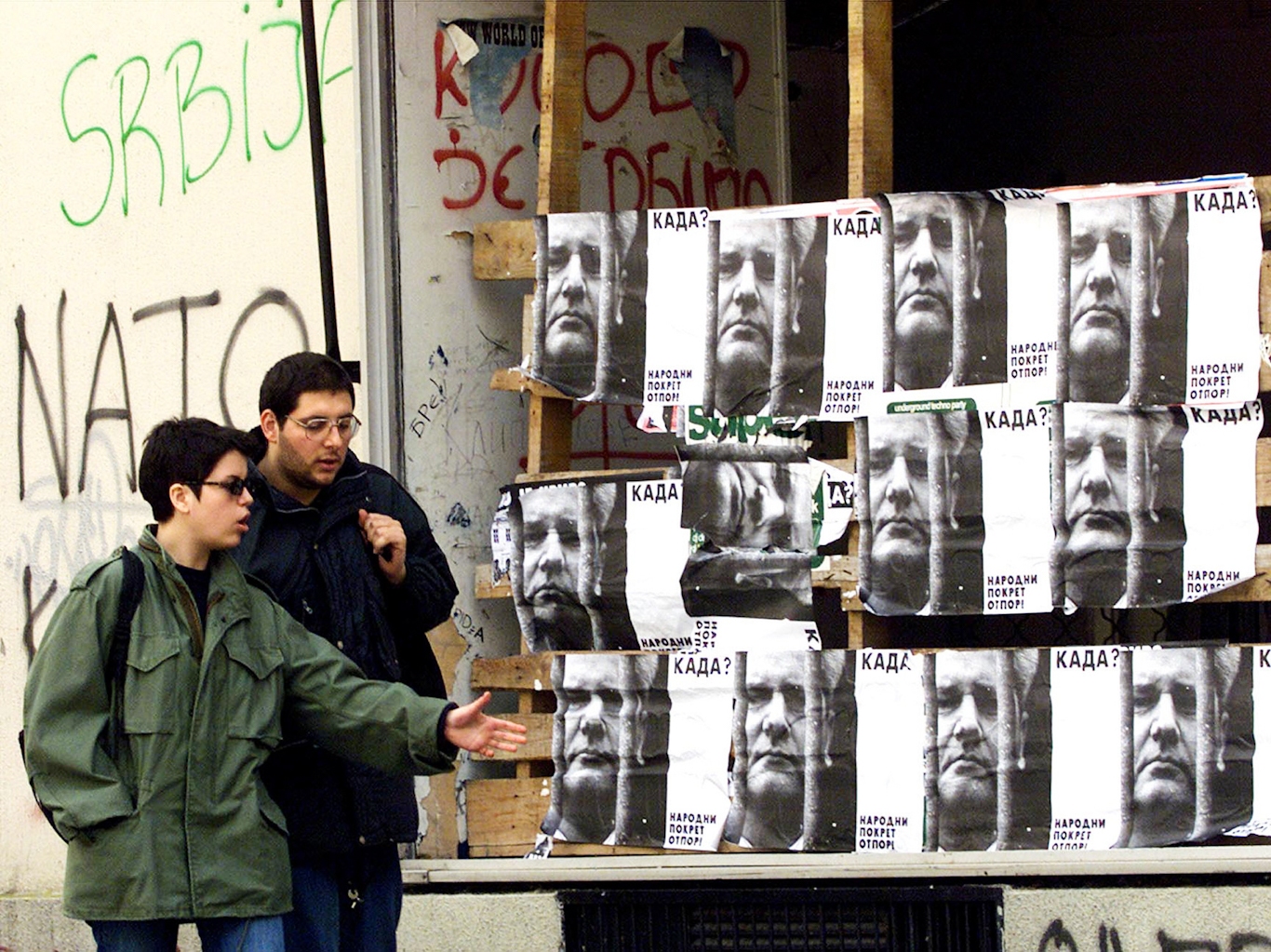Very informative article. Please go to link to read the entire item.
https://www.mintpressnews.com/coup-cia-foreign-agent-law-color-revolution-georgia/283992/
Dare Call It A Coup? CIA Front Threatens Color Revolution in Georgia
By Kit Klarenberg
U.S. State Department spokesperson Ned Price menacingly warned any Georgian MP who dared vote for the foreign agent law, they would be personally responsible “for potentially jeopardizing Tbilisi’s Euro-Atlantic future.” He went on to declare the legislation was “not consistent” with “the future [Georgians] have set out for themselves, and the future that we, as the U.S., are determined to continue to be a partner to help them achieve.”
Washington vehemently opposing the foreign agent law is unsurprising. Thousands of organizations, including media outlets and rights groups in Georgia, have received funding from the National Endowment for Democracy (NED) and U.S. Agency for International Development – which Power now incidentally leads – over the past three decades. Any reform that would further expose this hardly hidden but little acknowledged or understood fact might raise difficult questions about the independence of these entities and the sinister purposes they serve evermore.
That these organizations have a vested interest in keeping their U.S. financing under wraps was amply demonstrated by their pronounced presence at the forefront of the protests in Tbilisi. Many staffers at NED-funded NGOs also took to social media to shriek disapproval of the prospect of having to disclose their foreign funding – despite their employers in some cases already doing so voluntarily anyway.
As luck would have it, right when the thousands gathered outside Tbilisi’s parliament building appeared on the verge of storming the building, the Georgian government scrapped the foreign agent law. What accounts for the protesters’ visceral aversion to having to openly admit their relationship with NED by law?
The Endowment was founded in 1983, after U.S. intelligence agencies became embroiled in a number of embarrassing, highly public scandals. Then-Central Intelligence Agency chief William Casey was central to its creation. He wished to construct a public mechanism for funding opposition groups, media outlets and other anti-government agitants overseas that could be weaponized to destabilize and depose enemy governments, previously the CIA’s exclusive clandestine preserve.
The NED represents a highly insidious, yet almost entirely overt, mechanism with which, at any time it wishes, the U.S. empire can bring foreign governments to heel, should they veer even slightly from a Washington-approved path in all matters domestic and foreign, and if necessary, overthrow them outright. Georgia’s 2003 “Rose Revolution” provides a practical, real-world demonstration of how.......................
CIA Funds Graffiti Artists
Upon launch, the NED quickly set about killing off Communism in Eastern Europe, supporting activist movements such as Poland’s Solidarity. Yugoslavia nonetheless remained stubbornly impervious to the agency’s meddling until the turn of the century. In December 2000, a Washington Post investigation spelled out in extraordinary detail how a seemingly spontaneous, grassroots rebellion that at long last ousted the country’s President Slobodan Milosevic two months earlier was, in fact, secretly funded and directed by the CIA front.
U.S. advertising professionals who typically marketed chewing gum and soda pop were engaged to concoct catchy slogans, PR stunts, and other innovative communications approaches to undermine Milosevic. Extensive opinion polling and countless focus groups were conducted behind the scenes to road test and perfect campaign strategy in advance and real-time. Meanwhile, scores of parliamentary candidates and activists were covertly coached in the art of staying “on message” to field journalists’ questions and effectively rebut arguments of Milosevic supporters.
Extensive training and support were also provided to the student activist collective Otpor (Serbian for “Resistance”). They learned how to organize strikes, communicate publicly via symbols, “overcome fear,” and undermine government authority through other disruptive, non-violent means.
USAID provided 5,000 cans of spray paint for student activists to daub anti-Milosevic graffiti across the country, but Otpor also employed “a wide range of sophisticated public relations techniques, including polling, leafleting and paid advertising” on Washington’s dime. All their messaging was informed by U.S.-financed polling too, which meant “at every moment, we knew what to say to the people,” one of the group’s activists boasted.
“Our idea was to use corporate branding in politics. The movement has to have a marketing department. We took Coca-Cola as our model,” an Otpor leader revealed in 2005.

In all, tens of millions of dollars were both overtly and covertly committed to the anti-Milosevic push by the CIA, NED, USAID, and other U.S. government agencies, all in just a year. At the time, the population of what remained of Yugoslavia was roughly 10 million, meaning several dollars were, in effect, allocated for every citizen.
Given the average monthly wage in the country was reportedly less than $30, this wellspring went very far indeed, and regime change foot soldiers were easily recruited. Proportionally and in reverse, it would amount to Belgrade spending billions to influence a U.S. election – not that that would’ve been remotely legal or tolerated by Washington, of course.
Such was the surging success and mainstream visibility of Otpor; the group began developing a video game, A Force More Powerful. Players would learn how to oppose “dictators, military occupiers and corrupt rulers using methods that have succeeded in actual conflicts” via 12 separate scenarios “inspired by recent history.” Intended “for use by activists and leaders of nonviolent resistance and opposition movements,” it was hoped the media and public alike would more widely be educated in the art of revolution.
Released in March 2006, over the intervening years, Otpor’s revolutionary blueprint was repeatedly exported the world over, courtesy of NED. The first stop on their international tour was Georgia............. .............................

No comments:
Post a Comment
Note: Only a member of this blog may post a comment.